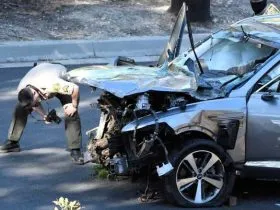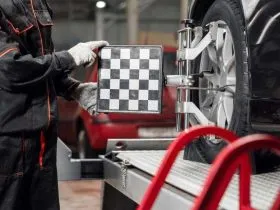Is your Check Engine light on? While this might be an indication of an engine problem, it doesn’t necessarily need to end in a trip to the mechanic. You can often decode the light and troubleshoot the issue yourself with a few simple steps.
Let’s explore the few hidden meanings behind your Check Engine light and the solutions you can try before straping-in for a costly repair.
Step 1: Check the Gas Cap
If the light is blinking, first thing’s first: check your gas cap if your car is equipped with a locking one. A missing or improperly sealed cap may cause your car’s gasoline fumes to escape, triggering the Check Engine light. Make sure the cap is on and that it is tightly secured. If that doesn’t do the trick, don’t panic – there are still other DIY solutions.
Step 2: Collect the Trouble Codes
To find out what type of issue triggered your Check Engine light, you must collect the trouble codes. This requires an OBD-II reader, which you can find at most auto parts stores.
Plug your OBD-II reader into the diagnostic port underneath your dashboard. The code will appear in the reader’s screen. That’s the code number you’ll need to look it up and identify the issue as well as the parts in need of replacement, if any.
Step 3: Repair the Issue
Once you’ve identified the trouble code and the part that may be causing your Check Engine light, you should be able to find instructions to repair the issue on repair forums and online resources.
Look for the specific instructions to replace the part in question. If you do not feel comfortable performing the repairs yourself, you can always take your car to a mechanic. Be sure to research the issue and cost of repairs so you can negotiate a repair cost before committing.
stay ahead of the check engine light
Stay ahead of your Check Engine light and remember that some issues can be easily fixed with DIY solutions. You don’t need to scrape together expensive repair costs – handling the issue yourself could save you both time and money.

















